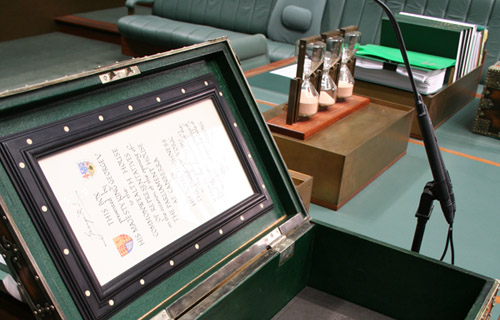Rabobank global Dairy Quarterly report – The Corona Hangover
The outbreak of coronavirus is a significant event for the global dairy market – weighing on sentiment and the 2020 outlook, Rabobank says in its Q1 2020 global Dairy Quarterly report.
The onset of the virus in China – the world’s largest dairy importer – and the permeation across the globe has dairy buyers and sellers scrambling to assess the market impact, the bank says in its latest dairy sector report.
“Global dairy commodity prices have already priced-in the uncertainty,” says Rabobank senior dairy analyst Michael Harvey. “But a less-than-favourable expected finish to New Zealand’s production season is providing some support to global prices.”
The upward trajectory in global dairy product prices visible in Q4 2019 stalled in Q1, the report says.
Reduced Chinese imports, significant supply chain disruptions and rising dairy surpluses in export regions will drive downward pressure on global markets through much of 2020.
Rabobank anticipates the buying patterns of Chinese consumers to normalise by the second half of 2020, with evidence of improvement in some supply chains already visible. Though the potential of a setback or delay in economic recovery in China presents a major downside price risk.
Against this backdrop, global milk production from the Big 7 global dairy exporters producers (the EU, US, New Zealand, Australia, Brazil, Argentina and Uruguay) is rising. All regions within the Big 7 will report year-on-year production growth in Q2 2020, the report says, albeit from a low base.
Australia
For Australia, while season-to-date milk production stands at 5.6 billion litres, down 3.7 per cent on the same time last year, national production had grown in the month of January (confirming minimal impact from the bushfires), the report says.
“The turnaround in production so far has been led by Tasmania and eastern Victoria, which account for 32 per cent of Australia’s milk production,” Mr Harvey says.
Solid rain events across dairying regions at the start of 2020, combined with strong milk price signals and relief from feed costs, have supported on-farm investments and higher milk flows, according to the Dairy Quarterly.
Milk production across Australia’s southern export dairy region should continue to gather momentum heading into 2020/21, with Rabobank forecasting Australian milk production to finish 4.9 per cent lower by the end of the 2019/20 season at 8.4 billion litres.
Most prices across southern Australia are now above AUD 7.00/kgMS – a new record. Rabobank’s commodity milk price forecast for 2019/20 remains unchanged at AUD6.65/kgMS.







